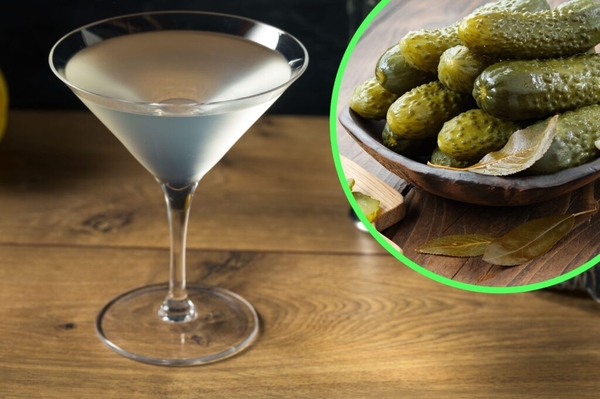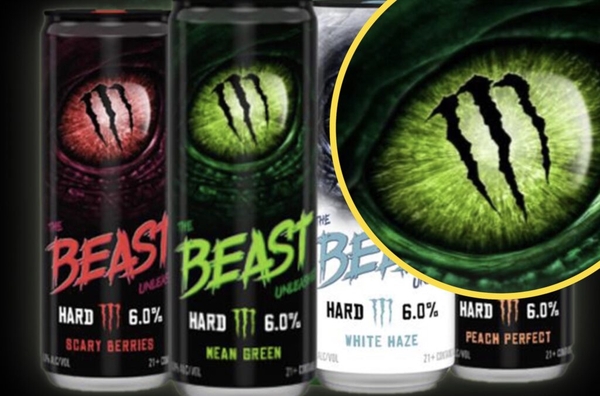Uncategorised
Experts release guide to “most contaminated foods in America” and the results are truly shocking
03 Apr 2019
2m

For 15 years, America’s Environmental Working Group (EWG) have dedicated themselves to keeping shoppers informed about exactly what may be hidden in their produce. Every 12 months, the group commits to publishing two new lists – the Clean Fifteen; a compilation of the nation’s 15 most chemical free types of produce, and the Dirty Dozen; 12 of the most chemically contaminated fruit and vegetable products available on the market. Each year contains some stunning revelations. 2019 is no different.
 [[imagecaption|| Credit: Pixabay/wuzefe]]
[[imagecaption|| Credit: Pixabay/wuzefe]]
According to this year’s study, the most contaminated foods in America include family favourites such as strawberries, spinach and nectarines. Apples, grapes, potatoes and tomatoes also feature prominently on the list, while pears, peaches and cherries all crack the top 10. It makes for grim reading for anyone who enjoys a regular fruit salad.
Despite the high levels of contamination present throughout some of Americans’ preferred fruit and veg options, arguably the most controversial results concerned kale. Now a popular staple in everything from smoothies to salad bars, kale’s consumption over the last decade has shot up all over the country, largely thanks to it’s high levels of fibre, protein and Vitamin A. However, the EWG’s results suggest that kale may well be more complicated than straight up healthy.
The group found that kale in fact contains the third highest level of chemical contamination of all produce grown in the United States, despite not making their list at all in 2018. After extensively analysing 2017 tests from the US Department of Agriculture (USDA), the EWG discovered that the average kale sample contained traces of more than five different potentially damaging pesticides.
The results were especially surprising, since the samples studied had been thoroughly washed beforehand. According to a report from Insider, “More than 90% of the samples showed detectable levels of at least two pesticides, and the most contaminated sample had 18 different pesticide residues.” Not good news for one of America’s most celebrated health foods.
Frustratingly, it is still not understood exactly what the consequences of consuming high levels of pesticides may be. Though the data is inconclusive, several studies have suggested a link between the chemicals and conditions as diverse as cancer, diabetes, infant autism, and (ADHD) in children and young teens. Though it’s impossible to say definitively the damage that chemically compromised foods may be doing, the circumstantial evidence is troubling to say the least.
However worrying the consequences for consumers may be, the EWG estimate that it may just be the tip of the iceberg. According to the EPA’s own data, around 10,000 to 20,000 agricultural workers are diagnosed with pesticide poisoning each year, causing conditions such as lymphoma and respiratory disease. While kale is undoubtedly still a healthy option if it’s been prepared responsibly, the evidence suggests that our current practices are making it more of a double edged sword than it should be.


